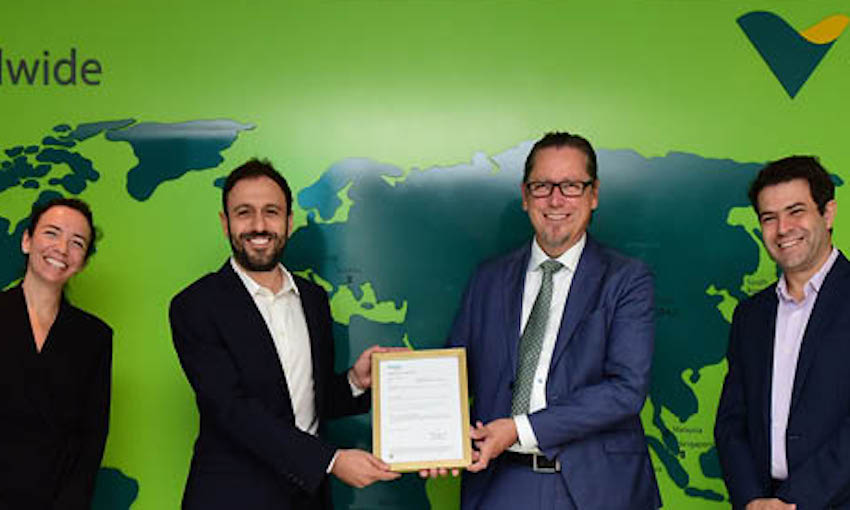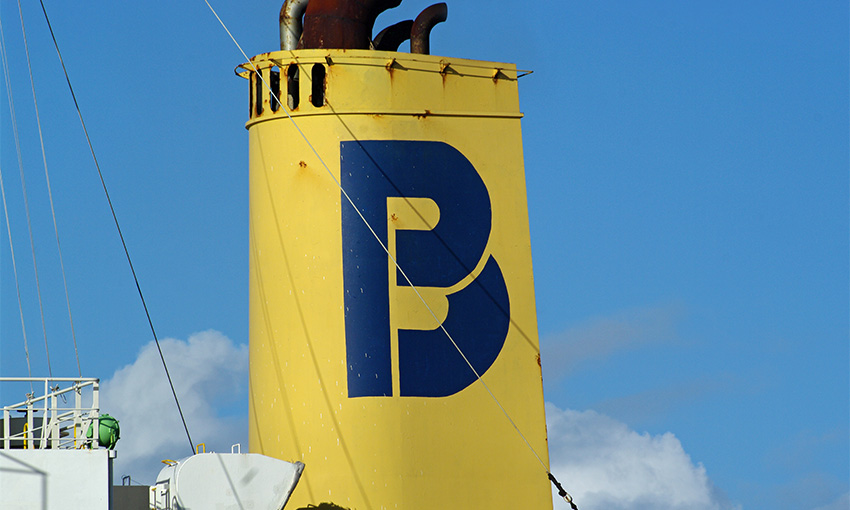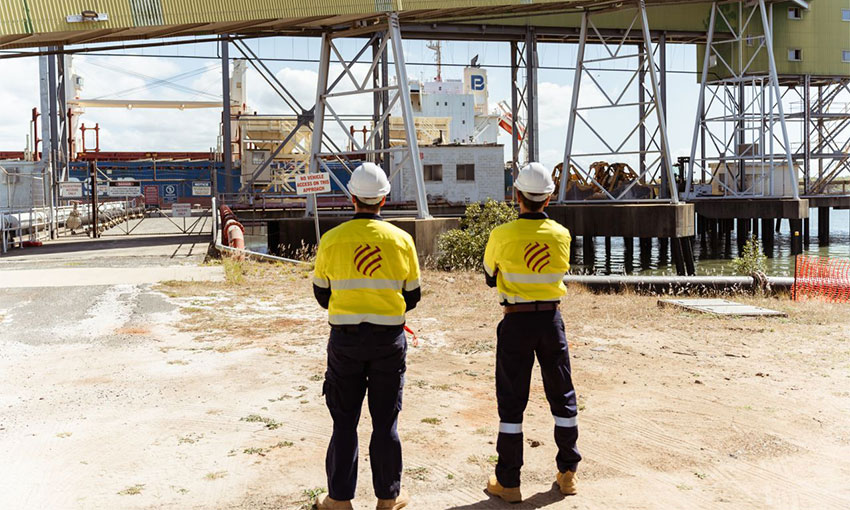MARINE classification society DNV has granted approval in principle for a multi-fuel tank design for ships capable of running on LNG, methanol or ammonia.
The project was championed by Brazilian mining giant Vale. It intends to incorporate the type B tanks and multi-fuel containment systems on its iron ore carriers.
The multi-fuel tank system is part of Vale’s Ecoshipping Program, designed to reduce the company’s carbon emissions through the adoption of new technologies.
It was developed as part of a joint industry project alongside DNV, Norwegian ship designer Brevik Engineering and cryogenic insulation solutions provider Passer Marine.
Vale’s shipping technical manager Rodrigo Bermelho said the system is designed to remove some of the main barriers around the adoption of alternative fuels, which include regulatory and infrastructure uncertainty in defining the optimal fuel.
“Our fleet is comprised of a large portion of young very large iron ore carriers, and futureproofing must be at the core of our decision making,’ Mr Bermelho said.
“This technology provides each vessel the flexibility for whichever fuel is best suited for their trade.”
He said Vale is also in the process of developing a pilot project to implement the system on one of the company’s existing Guaibamax vessels.
DNV said fuel choice is one of the most challenging factors shipowners face amid increasing pressure to decarbonise.
Vessels chartered by Vale could reportedly be adapted to store and consume different types of fuel.
DNV said the AiP is “a considerable breakthrough” as the system has the potential to improve the decision-making landscape.
Morten Løvstad, vice president and segment director for bulk carriers at DNV Maritime, said low-carbon fuels will come at a premium.
“[G]iven the significant investment necessary to achieve net-zero and the complexity of fuel choice, the drive to leave options open for as long as possible is understandable,” he said.
“The multi-fuel tank will allow Vale to mindfully move towards reducing their carbon footprint, while also keeping their options open.”
Mr Løvstad said the best opportunities for innovation are created when maritime industry stakeholders with different areas of expertise join forces.
“Charting the pathway to decarbonisation is likely the greatest challenge the industry will face in our lifetime, and collaboration is essential in facing it,” he said.
“This joint industry project successfully yielded an innovative solution the market needs. It is the kind of collaboration that creates opportunities and propels the industry to create the necessary step-change.”
An AiP is an independent assessment of a concept within an agreed framework, granted when a concept design is deemed feasible. DNV said its assessment of the Vale system found it to be compliant with all applicable ship rules and regulations.





